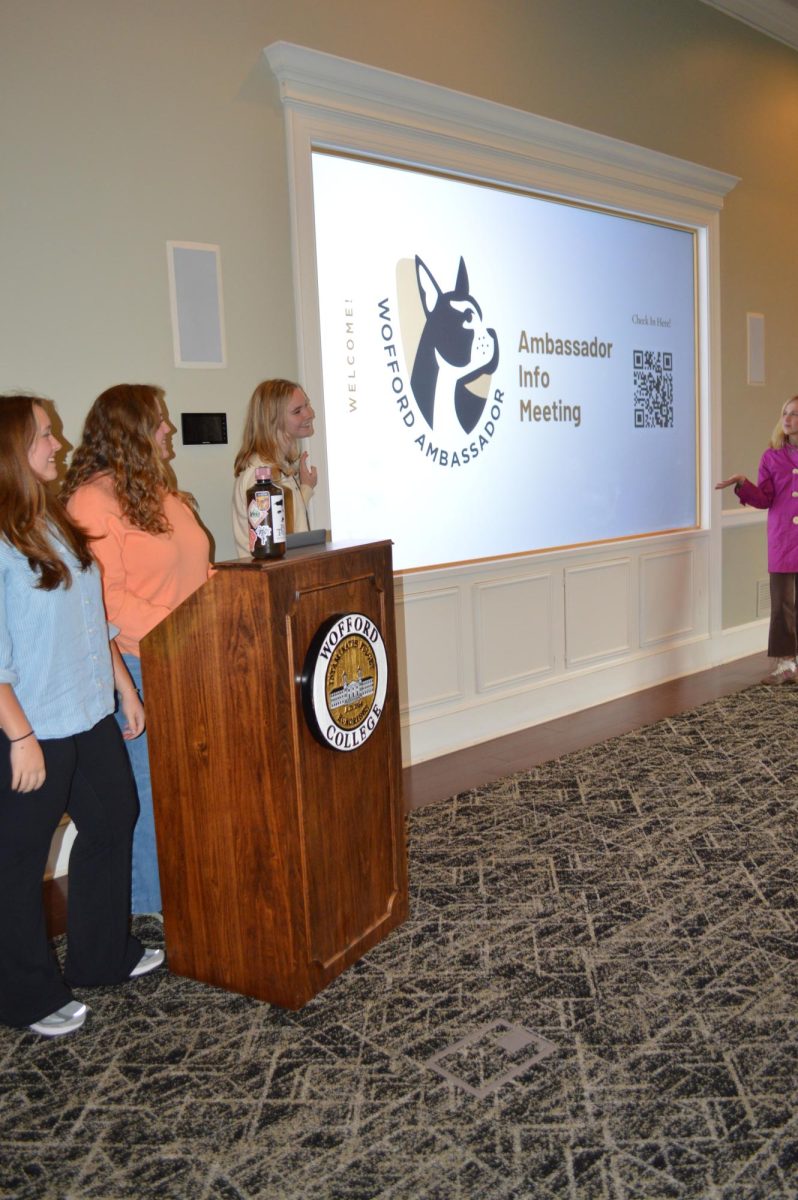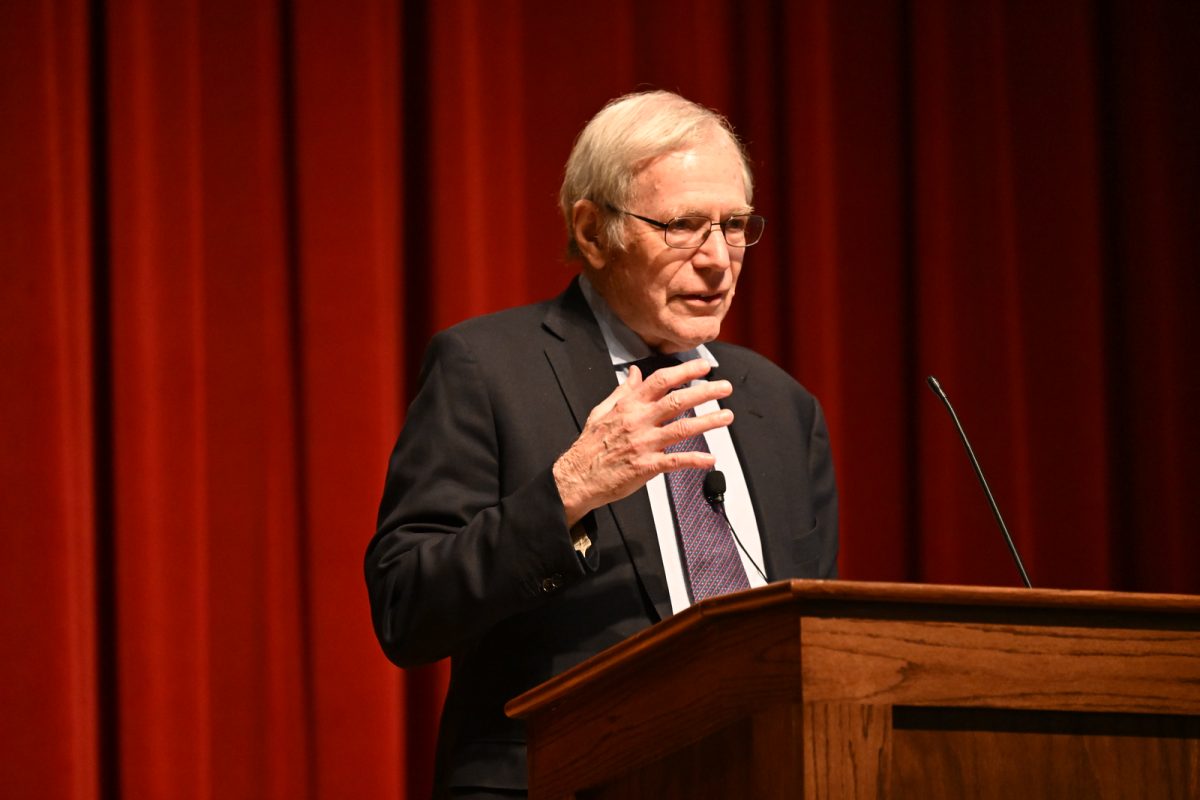The Search for Art and Female Empowerment Continues
When my 6th grade art teacher got engaged, my 11-year-old self was inspired to sketch a page of wedding dresses for her—which she used as the cover of her wedding album. This was the beginning and end of my career in fashion design, but if you’re curious about the staff writer who has been reporting back to Wofford from the other hemisphere and “across the pond,” there’s one thing you should know about me: I secretly have always wanted to work in fashion, ideally as the Editor-in-Chief of Vogue.
Ten years later and I’m drooling in the Parisian metro over every fabulous pair of shoes, the sharp blazers, the tastefully curated accessories, each stunning coat and every single bag, briefcase and tote. I thought I had out-grown my fascination with style; maybe it’s just the magic of Paris. I don’t shop luxury brands, and I don’t read every major fashion magazine or follow all the important designers, yet I’ll always be enamored with the power Anna Wintour holds in her coveted position as the current EIC.
There happened to be an exhibition help in the Paris Mint for a brief week at the end of February that showcased 33 internationally-recognized artists and their own Vogue covers featuring inspiring women from the past and present. Having spent 6 months in South America seeking art related to female empowerment, the poster which promoted the exhibition—displayed on the LED billboard across the tracks while I waited for the metro—appeared like a divine sign. I made immediate plans to see the collection.
Titled “Togeth’Her: Artistes à la Une & Vogue”, the series of portraits are a celebration of outstanding women and heroines, ranging from Cleopatra and Frida Khalo to Michelle Obama—Mrs. Obama has been on the actual cover before as an icon for her White House attire. The artists whose works were chosen for the collection champion geographical and cultural diversity, plus a gender spectrum much wider than that found in the Louvre. A quick glance at the series and it’s clear that the curators also prioritized a range of styles and media, including charcoal, collage and watercolor.
“Artistes à la Une” is French for “Artists on the front page”—essentially, cover artists. This concept for an exhibition—asking artists to interpret their own cover of a publication in relation to a social issue—originated after the 2015 Charlie Hebdo terrorist attack; the first collection “was dedicated to defending the freedom of expression of the press and artists.” The Vogue edition will later be auctioned, and the proceeds will be donated to a Mexico-based, female empowerment art project led by NATO Women of France partnered with United Nations group, UN Women.
The reason I have always kept my dream job a secret is because I believe fashion is, at its base level, superficial. It’s furthermore entirely unsustainable socially and environmentally. The fashion world is one of the most harmful industries to the environment, only second to petroleum. Enrolled in a Fashion and Business class for the term, I’ve so far learned that faded jeans are lightened by a process called sand-blasting; the workers in these factories inhale unfathomable quantities of toxins and particles such that the average worker dies in 10 years after beginning the job. During my interim with “slow fashion” brand Threads of Peru, it was evident that textile workers globally face dangerous labor conditions, low wages and the factories near their homes heavily pollute their natural resources. This is why there exists a “slow fashion” movement, to educate consumers on the real lifespan on their jeans, to produce quality knit pieces from natural materials and natural dyes, and to popularize the minimalist wardrobe—do we really need three different winter coats? How many swimsuits do we actually wear from those we own?
Fashion also raises a lot of concerns about the representation of women: what is beauty, who is beautiful, issues of body image and the expectation of the ideal female body have long been engrained by fashion trends seen on the cover of publications like Vogue and worn by models of typically unrealistic forms. So when Vogue asks artists to decorate a blank cover with their interpretation of female beauty, strength and heroism, suddenly “vogue” becomes a matter of empowerment. Though fashion might not be the first avenue to make progress for women, it’s a positive step to see the magazine invoking the power of art to inspire us a little more each day.
Caption: Artist Jose Dávila chose fellow artist Hilma Af Klint, a painter between the 19th and 20th centuries who “had a completely new approach to painting. It no

































